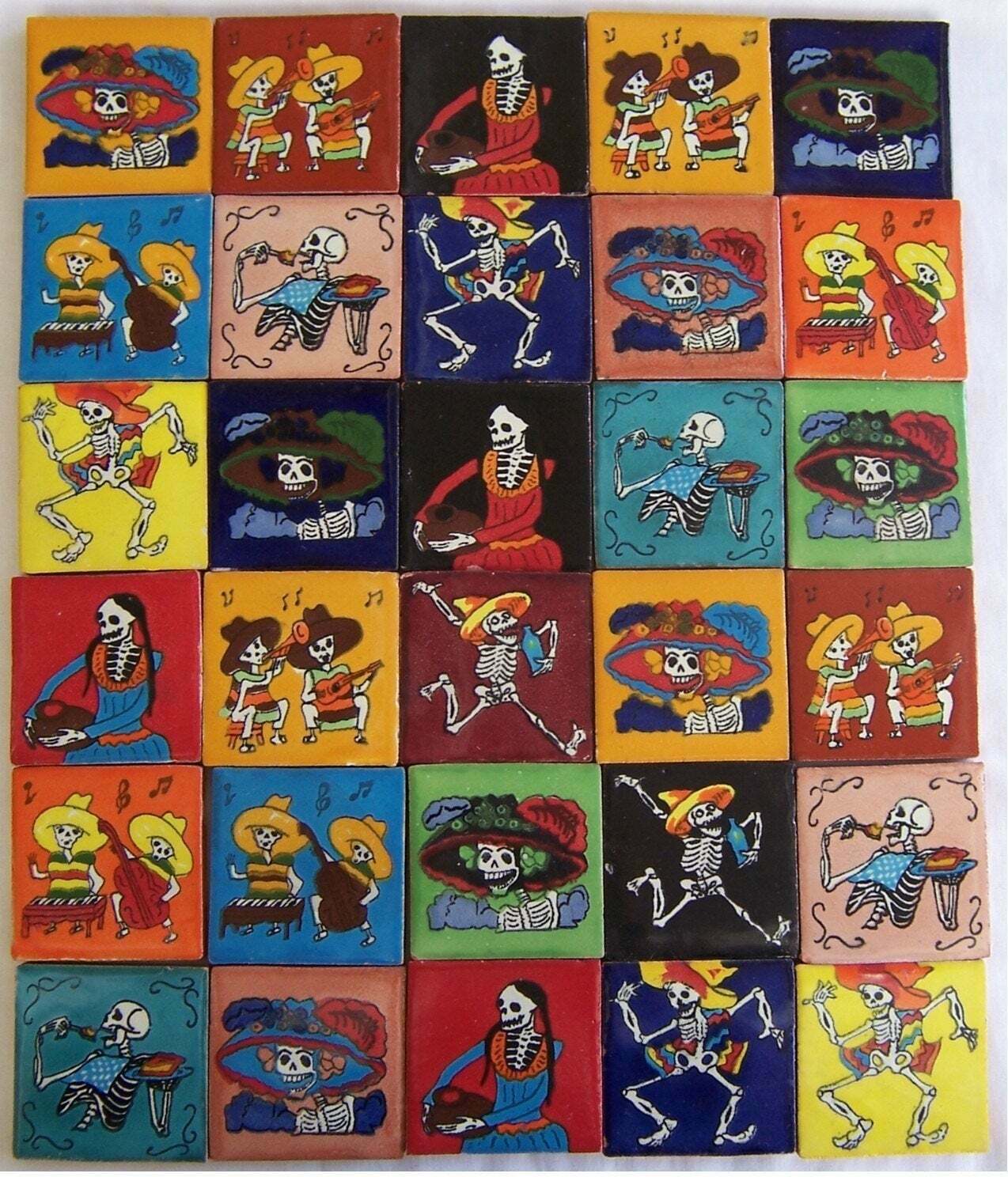-40%
Mexican Retablo Exvoto Christchild of Atocha Saved from Deadly Snake Bite
$ 31.67
- Description
- Size Guide
Description
Mexican Retablo Exvoto Christchild of Atocha Saved from Deadly Snake BiteHand made retablo painted on tin. Dedicated to the blessed Christchild of Atocha. The inscription on the bottom reads: Oscar Chavez gives thanks to the Saint for saving him from death when a deadly snake bit him as he was gathering firewood.
Catalog #
9586
Size:
4 x 6"
Please see pictures for condition. Report available upon request.
Ex Votos
Ex Votos
, also called Retablos, are one of the most intriguing forms of Mexican folk art. A retablo
is a painting
on a small sheet of tin (although there are some examples made on copper or wood) depicting a scene with a hand written description
made to a saint
or deity as an expression of gratitude for believers,
when a miracle is received
.
The origin of the word Ex Voto is Latin, and it means "for solemn vow or promise". Faced with a particular problem, people would pray to a Saint or deity. When their prayers were "answered", the person would in return, offer an exvoto to that deity in the same way we give thank-you cards. Exvoto subjects range from common occurrences to truly dramatic events. Though some exvotos have been painted by the person receiving the miracle,
most are made by retableros
: commissioned artists who interpret people's stories and produce these tokens of appreciation to be placed/hung on church walls or shrines, reinforcing the owner's devotion and gratitude. These lovely miracle paintings are in fact advertisements of the power and mercy of the saints.
In Colonial times it was the
Spanish who brought the exvoto idea to Mexico
, a custom quickly adopted by the wealthy. In the late 19th century, the peasants had already started following this same tradition. The upper classes eventually dropped the practice, however, the
lower classes continue to follow the custom today
. These charming paintings are highly valued for artistic and cultural reasons, and collected by folk art enthusiasts around the world.







